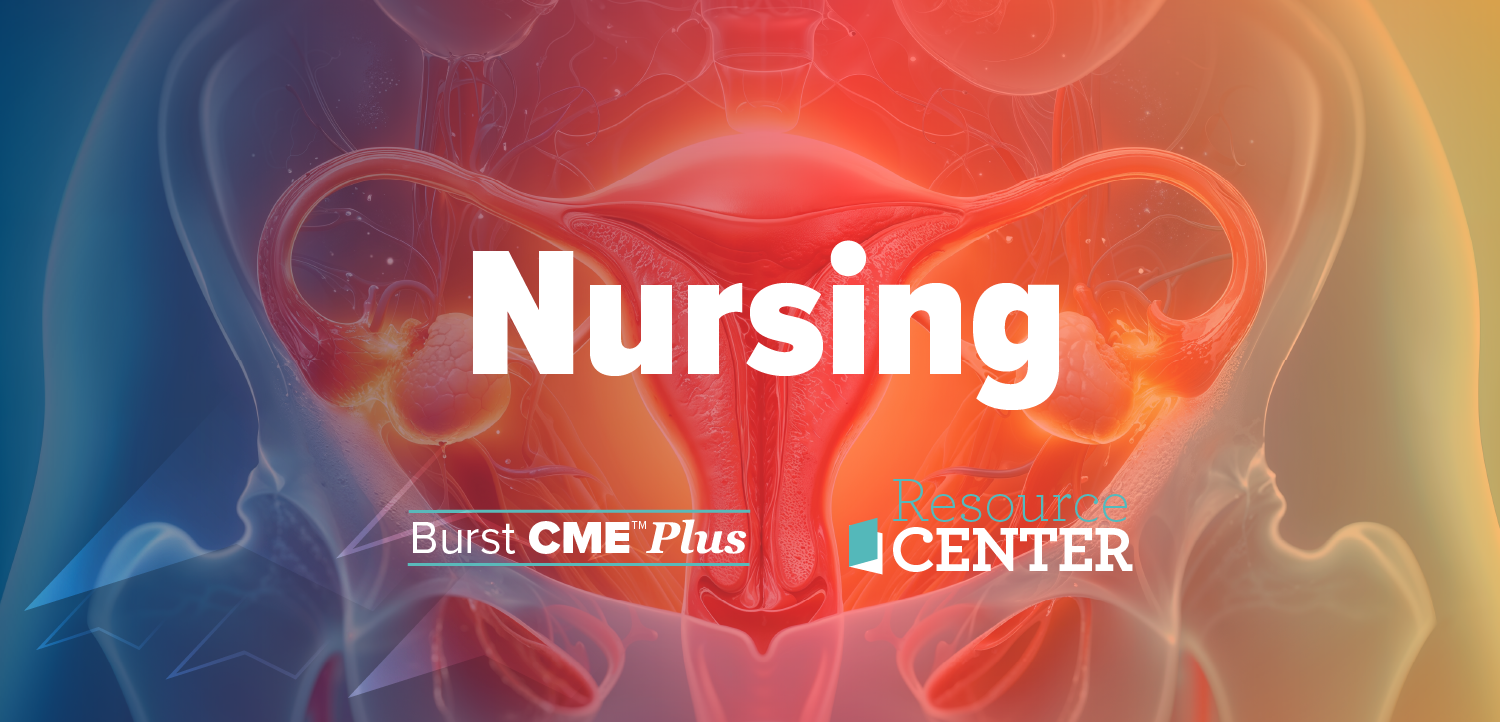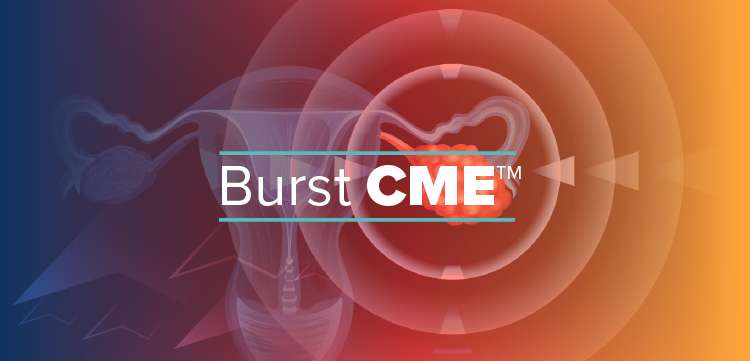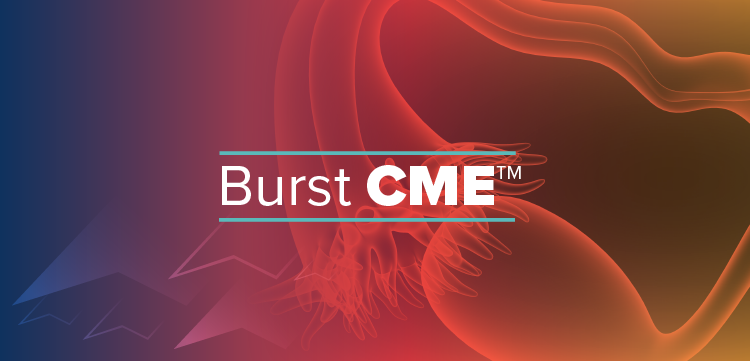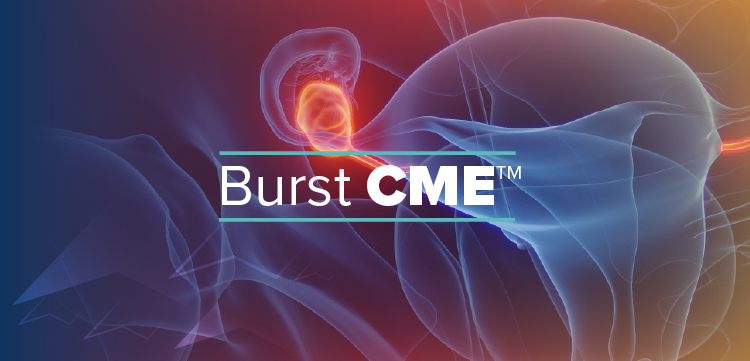Higher screening volume lowers false-positive mammogram rates
Radiologists with higher annual screening volumes and focus have significantly lower rates of false-positive results on mammograms, a new study reports.
Radiologists with higher annual screening volumes and focus have significantly lower rates of false-positive results on mammograms, a new study reports.
The study, published in the April issue of Radiology (2011;259[1]:72-84), examined whether interpretive volume influenced screening mammography performance among 120 radiologists from the Breast Cancer Surveillance Consortium who interpreted 783,965 screening mammograms from 2002 to 2006. Investigators analyzed measures of annual interpretive volume-total, screening, diagnostic, and screening focus (ie, ratio of screening to diagnostic mammograms)-in relation to screening sensitivity, false-positive rate, and cancer detection rate for the following year.
Radiologists with the lowest total volume and screening volume had false-positive rates significantly higher than the mean rate of 9.1%. Low diagnostic volume produced lower false-positive rates, whereas greater screening focus markedly lowered cancer detection rates. “Increasing minimum interpretive volume requirements in the United States, while adding a minimal requirement for diagnostic interpretation, could reduce the number of false-positive work-ups without hindering cancer detection,” the authors conclude.
Mean sensitivity, 85.2%, wasn’t affected by total, screening, or diagnostic volume. It was significantly lower, however, among radiologists with a greater screening focus. Volume didn’t affect median invasive tumor size or proportion of cancers detected at early stages.
Newsletter
Get the latest clinical updates, case studies, and expert commentary in obstetric and gynecologic care. Sign up now to stay informed.












